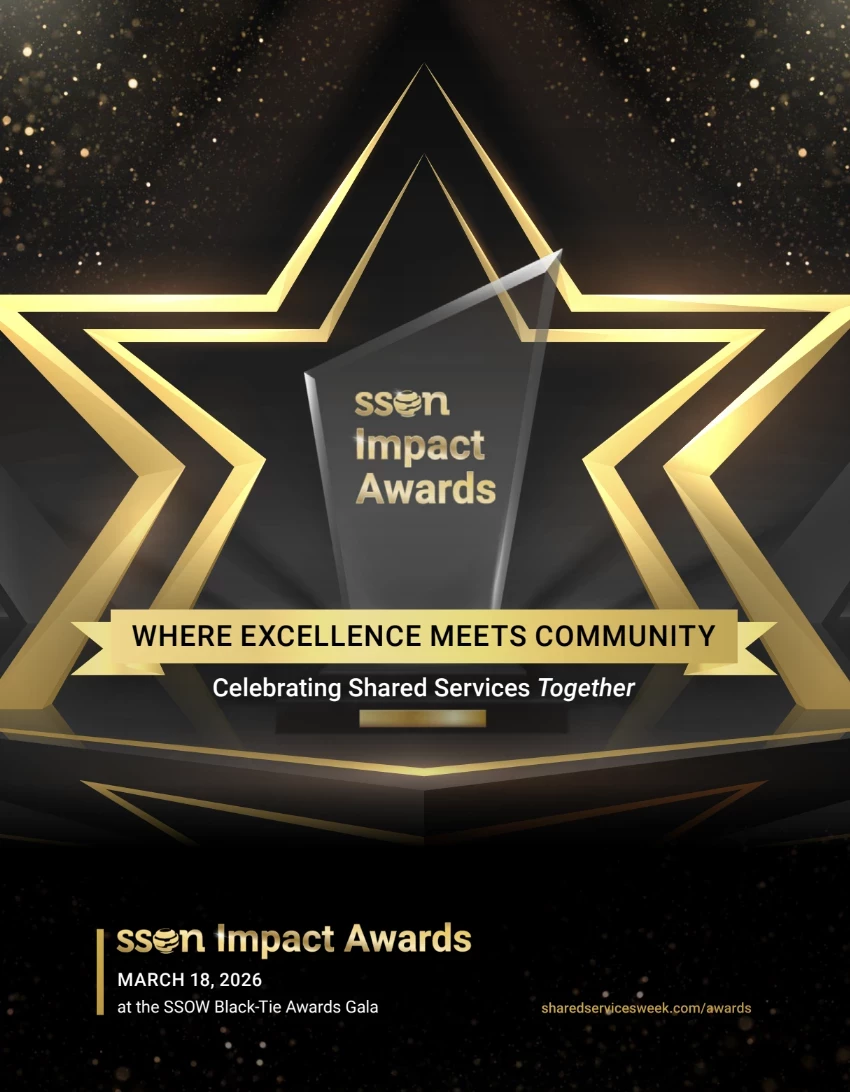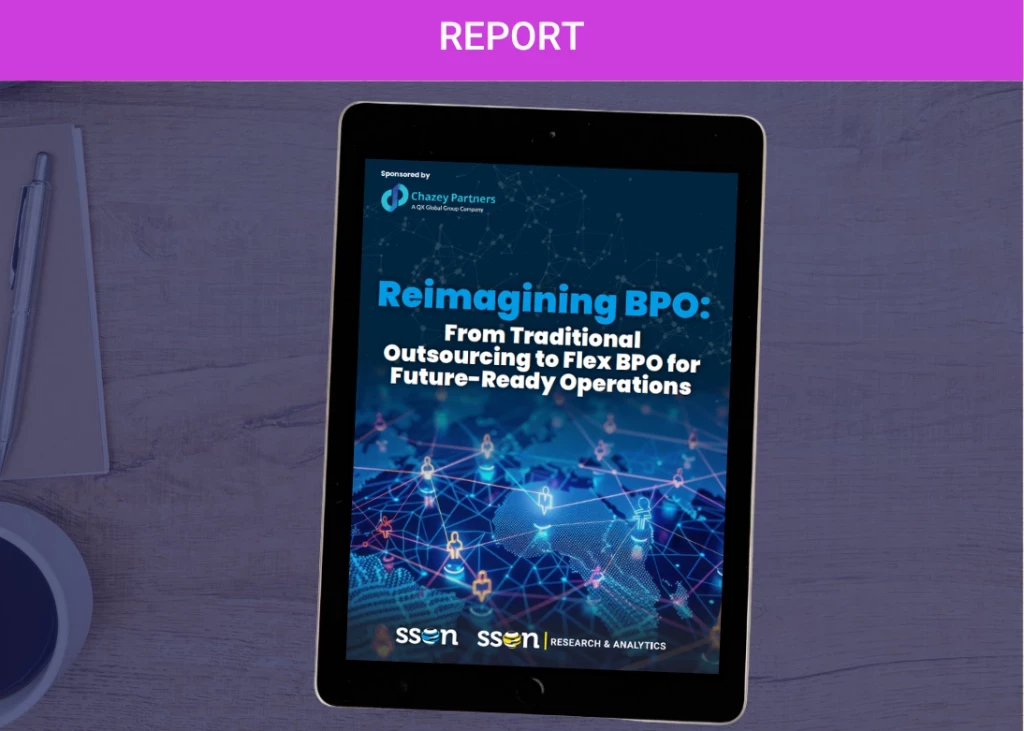Are Your GBS Capabilities "Capable?"
Add bookmark
The consultants have spoken! Providing enabling capabilities to the enterprise is now what high performing GBS organizations must do to be seen as mature and moving up the value chain. And who would dispute a consultant? After all, it makes a lot of sense. Where else in the enterprise will you find the make-it-happen capabilities that are sorely needed to deliver real outcomes? The missing link between theory and reality?
For years, Global Business Services (GBS) organizations have pushed to “go up the value chain,” trying to move their brands from transaction factory to valued partner to the business. For many, this has been illusive; some of the enterprises they serve put them in a cost control box, while others dip their toes in the “GBS can do more” waters, then retract scope whenever one of the functions gets upset.
But now there’s an opportunity for GBS to strut its stuff with a pull rather than by playing politics. It’s finally dawned on enterprises that GBS hones and houses business-critical capabilities found nowhere else.
What are the characteristics of these enabling capabilities?
Think of any capability with the word “management”— program, change, transition, transformant vendor ... along with capabilities such as continuous improvement, business analysis, digitalization and others. Sometimes, if the demand is sufficiently substantial, they are organized as Centers of Expertise (CoE) primarily serving the GBS operation; at other times they report to a staff role such as head of strategy or service delivery.
Exporting enabling capabilities makes a lot of sense. Consultants are expensive and often misused as staff augmentation to readily fill staffing gaps. While gig-working is fashionable and picking up speed, the majority of enterprises haven’t cracked the code yet. What’s there not to like about tapping into expertise from a model that has to create and sustain capabilities in order to deliver not only service excellence but move up the value chain?
And think of the value of the GBS brand, when skilled program managers become indispensable in an acquisition…or when the enterprise realizes that GBS really understands how to manage change…or consummate a very complicated sourcing deal.
How should GBS organizations define capabilities ripe for export? Best bets include the following characteristics:
-
Is a “make it happen” capability—required for the successful operation of a GBS or indeed any function or program that is undergoing profound change
-
Has a strong underpinning methodology
-
Is operated as a transversal capability across GBS service towers
-
Moves the dial on GBS performance
-
Is scalable and exportable
-
Alleviates operating risk
But putting up a sign saying “come and get it” can be a trap if GBS leadership do not have a plan. Here are eight elements GBS leaders should put in place before becoming a capability center for the enterprise:
1. Institutionalize, then export
Don’t let the shoemaker’s children go barefoot. Too often, in the zeal to gain scale and get love from the business, GBS organizations with immature enabling capabilities let the business pick off members of their teams and loan them out as staff augmentation. As a result, GBS programs suffer or in some cases come to a screeching halt. The business is not only borrowing people, but also buying track records and workable methodologies. Ensuring that GBS programs are strong and can thrive as expertise is exported should be the organization’s first order of business—then look to sell on.
2. Set expectations
The business may be looking for a strat house or Big 4 capabilities at bargain basement prices. Let’s face it, a McK consultant is likely looking for a big job and won’t be looking to join a team of GBS program managers. Make sure the business understands that what you are most likely offering is practical experience, company context and methodology – not consulting grade pedigrees.
3. Pick your poison
GBS capabilities vary. Not all are mature, not all have strong underpinning methodology, and the staffing construct may not be conducive to sharing the wealth across the enterprise. Make sure that what you are offering has the scale and skill to meet the demand, enhancing GBS’s reputation. Capabilities become hooks with the power to expand a GBS relationship. Selling the wrong or an immature capability can harm the brand.
4. Assess demand
Building an internal team with commercial intent means sizing the opportunity and understanding the enterprise’s capability gap. Ask yourself: is there a corporate transformation program in the offing? What about a merger or spin? What capabilities are likely to be in demand? Are there other departments that can also provide help? If you are serious about exporting capability, some level of demand planning is critical.
5. Commit to marketing
Selling capability to the enterprise is a bit different to selling delivery. Fundamentally, capability is selling a problem-solving set that helps move the dial on enterprise programs rather than delivering business outcomes such as cost or cost avoidance. Prepare to take a more consultative approach. The relationship is more collaborative, targeted, and customized. Take a page out of the book of your consulting friends and market like they do.
6. Manage the risk
Even when the receiving unit directs the team, there are risks attendant to GBS as a capability center. Providing an individual to work under the direction of another project team is low risk; taking charge of a program has methodological, relationship and brand risk. There likely is no need for a formal contract but a memorandum of understanding or similar is just good hygiene when there is an internal buyer and seller.
7. Figure out the finances
Unless the enterprise is picking up the tab centrally, it is imperative that commercials are well thought out. A bench sized to be able to serve the business at the drop of a hat costs money. Who pays for downtime? How does transfer pricing work? What is GBS’s obligation to replace a team member? Does the business understand and accept the compensation structure? Be transparent and upfront—before the team starts the work.
8. Plan for the downside
We’ve all seen this picture—a GBS organization builds a big “consulting practice” to work across the enterprise as an alternative to hiring pricy consultants, then, when demand slips, or the business starts reductions in force, or there is a change in GBS strategy, these smart people’s heads find themselves on the chopping block. Creating rotations from other parts of GBS, and identifying adjacent roles or alternative career paths are good strategies to employ to meet the challenge of business change.
Summary
All this is not to say that a formal approach is necessary when the business asks for help, or a meeting, or a casual loan of a resource or two for a short time. But if GBS organizations are serious about becoming a source of enterprise capability, the same processes underpinning delivery should be in place—manage customer expectations, resource for demand, establish ways of working, identify and mitigate risk.































